SafetySense is a user-friendly, cloud-based application that allows contractors to have easy access to work permit data. Without compromising data integrity, you can have all of your important documents in one place, without storing data on individual PCs or Macs. Some of the services include training records management, data repositories, workplace hazards, atmospheric monitoring data, permit issuance, archiving work and more. This cloud-based software was created by safety professionals – not coders with zero work/safety experience – to help track changes or revisions to permit work history tied to their confined spaces. With SafetySense, we have noticed a decrease in illegible safety permits, a decrease in ambiguity regarding safety hazards, and an easier, streamlined process with permitting and records management. While we have a smaller list of key terms on our about us page, we have compiled a list from the OSHA to help refresh your knowledge on confined space terms:
Acceptable entry conditions: the conditions that must exist in a permit space to allow entry and to ensure that employees involved with a permit-required confined space entry can safely enter into and work within the space.
Attendant: an individual stationed outside one or more permit spaces who monitors the authorized entrants and who performs all attendant’s duties assigned in the employer’s permit space program.
Authorized entrant: means an employee who is authorized by the employer to enter a permit space.
Blanking or blinding: the absolute closure of a pipe, line, or duct by the fastening of a solid plate (such as a spectacle blind or a skillet blind) that completely covers the bore and that is capable of withstanding the maximum pressure of the pipe, line, or duct with no leakage beyond the plate.
Confined space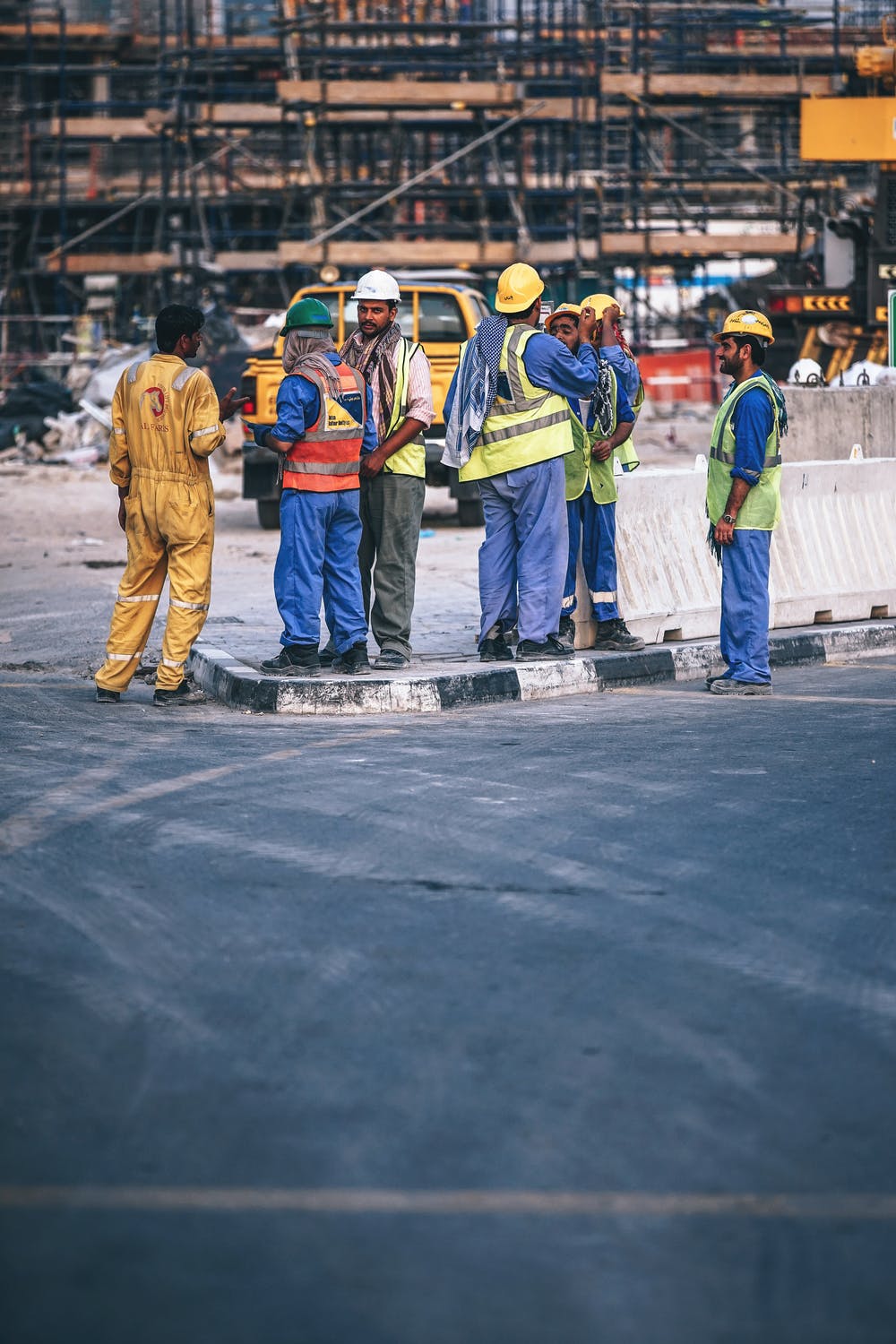
A confined space is a space that:
(1) Is large enough and so configured that an employee can bodily enter and perform assigned work; and
(2) Has limited or restricted means for entry or exit (for example, tanks, vessels, silos, storage bins, hoppers, vaults, and pits are spaces that may have limited means of entry.); and
(3) Is not designed for continuous employee occupancy.
Double block and bleed: the closure of a line, duct, or pipe by closing and locking or tagging two in-line valves and by opening and locking or tagging a drain or vent valve in the line between the two closed valves.
Emergency: any occurrence (including any failure of hazard control or monitoring equipment) or event internal or external to the permit space that could endanger entrants.
Engulfment: the surrounding and effective capture of a person by a liquid or finely divided (flowable) solid substance that can be aspirated to cause death by filling or plugging the respiratory system or that can exert enough force on the body to cause death by strangulation, constriction, or crushing.
Entry: the action by which a person passes through an opening into a permit-required confined space. Entry includes ensuing work activities in that space and is considered to have occurred as soon as any part of the entrant’s body breaks the plane of an opening into the space.
Entry permit: means the written or printed document that is provided by the employer to allow and control entry into a permit space.
Entry supervisor: the person (such as the employer, foreman, or crew chief) responsible for determining if acceptable entry conditions are present at a permit space where entry is planned, for authorizing entry and overseeing entry operations, and for terminating entry as required by this section. An entry supervisor may also serve as the entrant.
Hazardous atmosphere: an atmosphere that may expose employees to the risk of death, incapacitation, impairment of ability to self-rescue (that is, escape unaided from a permit space), injury, or acute illness from one or more of the following causes:
(1) Flammable gas, vapor, or mist in excess of 10 percent of its lower flammable limit (LFL);
(2) Airborne combustible dust at a concentration that meets or exceeds its LFL;
NOTE: This concentration may be approximated as a condition in which the dust obscures vision at a distance of 5 feet (1.52 m) or less.
(3) Atmospheric oxygen concentration below 19.5 percent or above 23.5 percent;
(4) Atmospheric concentration of any substance for which a dose or a permissible exposure limit is published in Subpart G, Occupational Health and Environmental Control, or in Subpart Z, Toxic and Hazardous Substances, of this Part and which could result in employee exposure in excess of its dose or permissible exposure limit;
NOTE: An atmospheric concentration of any substance that is not capable of causing death, incapacitation, impairment of ability to self-rescue, injury, or acute illness due to its health effects is not covered by this provision.
(5) Any other atmospheric condition that is immediately dangerous to life or health.
Hot work permit: the employer’s written authorization to perform operations (for example, riveting, welding, cutting, burning, and heating) capable of providing a source of ignition.
Immediately dangerous to life or health (IDLH): any condition that poses an immediate or delayed threat to life or that would cause irreversible adverse health effects or that would interfere with an individual’s ability to escape unaided from a permit space.

NOTE: Some materials — hydrogen fluoride gas and cadmium vapor, for example — may produce immediate transient effects that, even if severe, may pass without medical attention, but are followed by sudden, possibly fatal collapse 12-72 hours after exposure. The victim “feels normal” from recovery from transient effects until collapse. Such materials in hazardous quantities are considered to be “immediately” dangerous to life or health.
Inerting: the displacement of the atmosphere in a permit space by a noncombustible gas (such as nitrogen) to such an extent that the resulting atmosphere is noncombustible.
NOTE: This procedure produces an IDLH oxygen-deficient atmosphere.
Isolation: the process by which a permit space is removed from service and completely protected against the release of energy and material into the space by such means as: blanking or blinding; misaligning or removing sections of lines, pipes, or ducts; a double block and bleed system; lockout or tagout of all sources of energy; or blocking or disconnecting all mechanical linkages.
Line breaking: the intentional opening of a pipe, line, or duct that is or has been carrying flammable, corrosive, or toxic material, an inert gas, or any fluid at a volume, pressure, or temperature capable of causing injury.
Non-permit confined space: a confined space that does not contain or, with respect to atmospheric hazards, have the potential to contain any hazard capable of causing death or serious physical harm.
Oxygen deficient atmosphere: an atmosphere containing less than 19.5 percent oxygen by volume.
Oxygen enriched atmosphere: an atmosphere containing more than 23.5 percent oxygen by volume.
Permit-required confined space (permit space): a confined space that has one or more of the following characteristics:
(1) Contains or has a potential to contain a hazardous atmosphere;
(2) Contains a material that has the potential for engulfing an entrant;
(3) Has an internal configuration such that an entrant could be trapped or asphyxiated by inwardly converging walls or by a floor which slopes downward and tapers to a smaller cross-section; or
(4) Contains any other recognized serious safety or health hazard.
Permit-required confined space program (permit space program): the employer’s overall program for controlling, and, where appropriate, for protecting employees from, permit space hazards and for regulating employee entry into permit spaces.
Permit system: the employer’s written procedure for preparing and issuing permits for entry and for returning the permit space to service following termination of entry.
Prohibited condition: means any condition in a permit space that is not allowed by the permit during the period when entry is authorized.
Rescue service: means the personnel designated to rescue employees from permit spaces.
Retrieval system: the equipment (including a retrieval line, chest or full-body harness, wristlets, if appropriate, and a lifting device or anchor) used for non-entry rescue of persons from permit spaces.
Testing: the process by which the hazards that may confront entrants of a permit space are identified and evaluated. Testing includes specifying the tests that are to be performed in the permit space. Testing enables employers both to devise and implement adequate control measures for the protection of authorized entrants and to determine if acceptable entry conditions are present immediately prior to, and during, entry.
SafetySense Management System
We support work in the pharmaceutical, manufacturing and commercial construction sectors, as well as many other industries. Our management software is being utilized by public utilities, airports, hospitals, power generation, government entities and more. If your business has a confined space, then we can definitely help streamline your permitting, management and training needs. If you have any questions about some of these terms, or would like to schedule an appointment or speak with a representative, don’t hesitate to contact us!
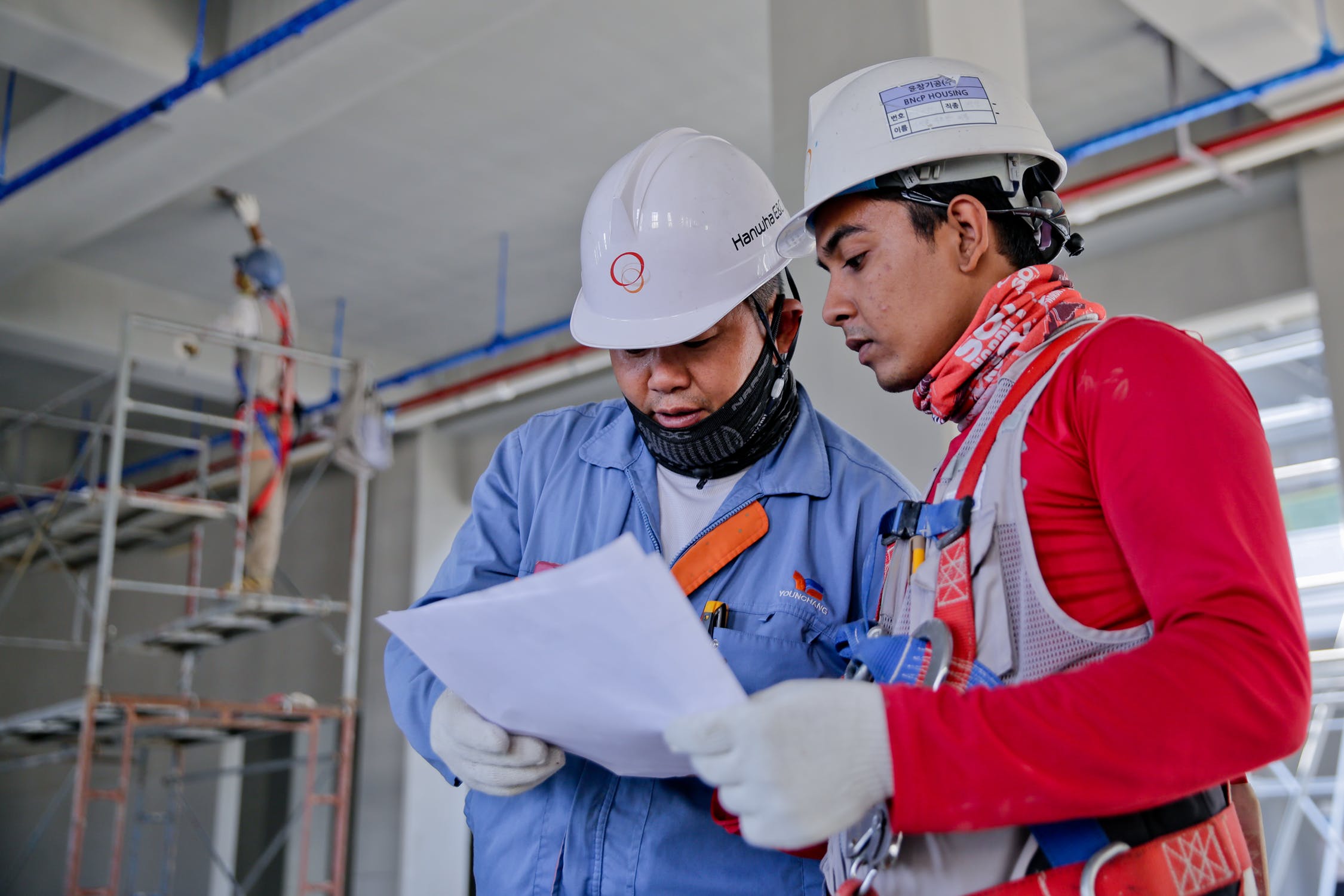 Avoiding all injury and possible negative outcomes should be the goal of every team and project manager that works near a confined space. All steps during this safety process should be taken with equal importance; this includes permitting, designating the confined space, atmospheric monitoring, proper safety equipment, and more. Here are a few tips for any worker that is entering a confined space:
Avoiding all injury and possible negative outcomes should be the goal of every team and project manager that works near a confined space. All steps during this safety process should be taken with equal importance; this includes permitting, designating the confined space, atmospheric monitoring, proper safety equipment, and more. Here are a few tips for any worker that is entering a confined space:





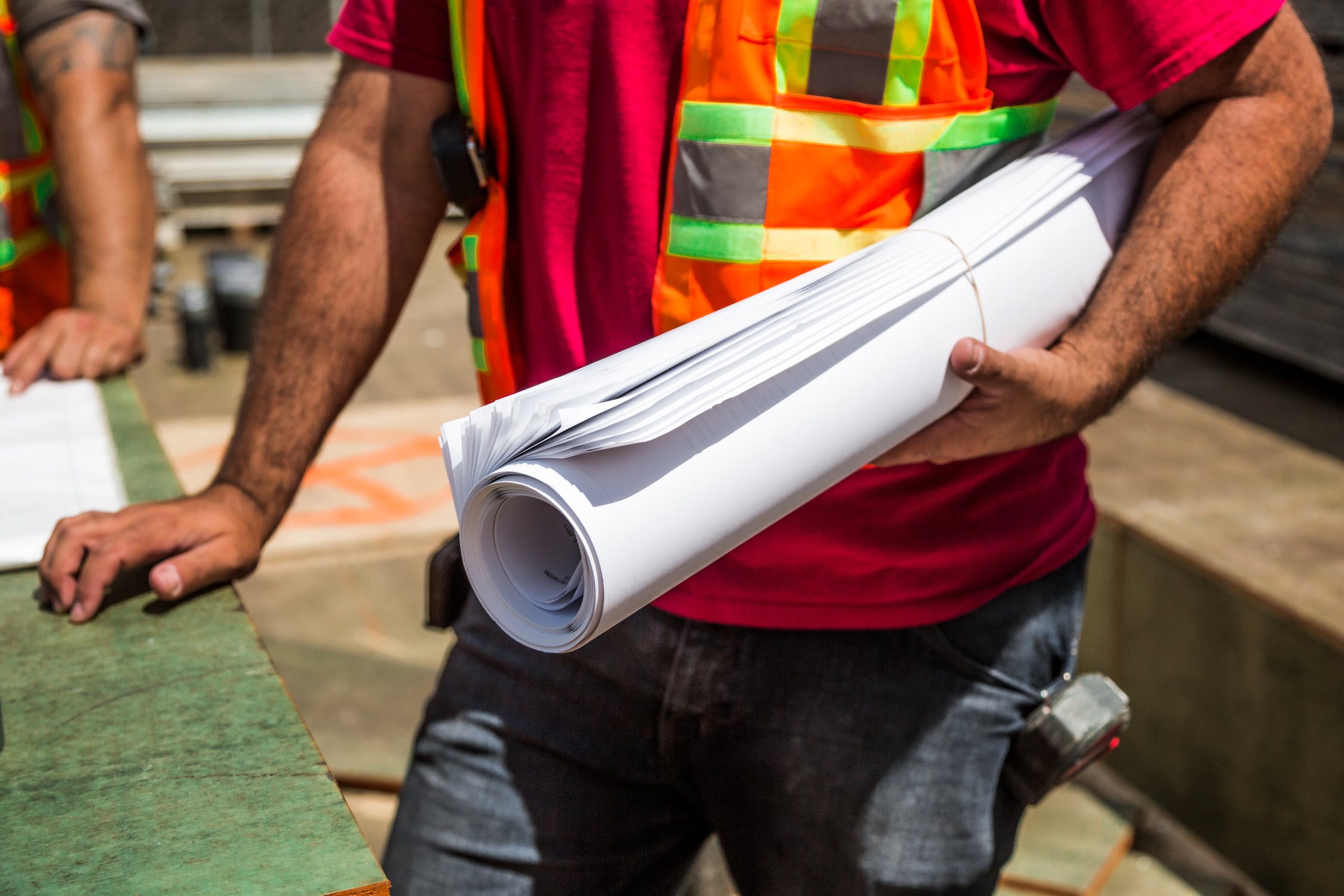

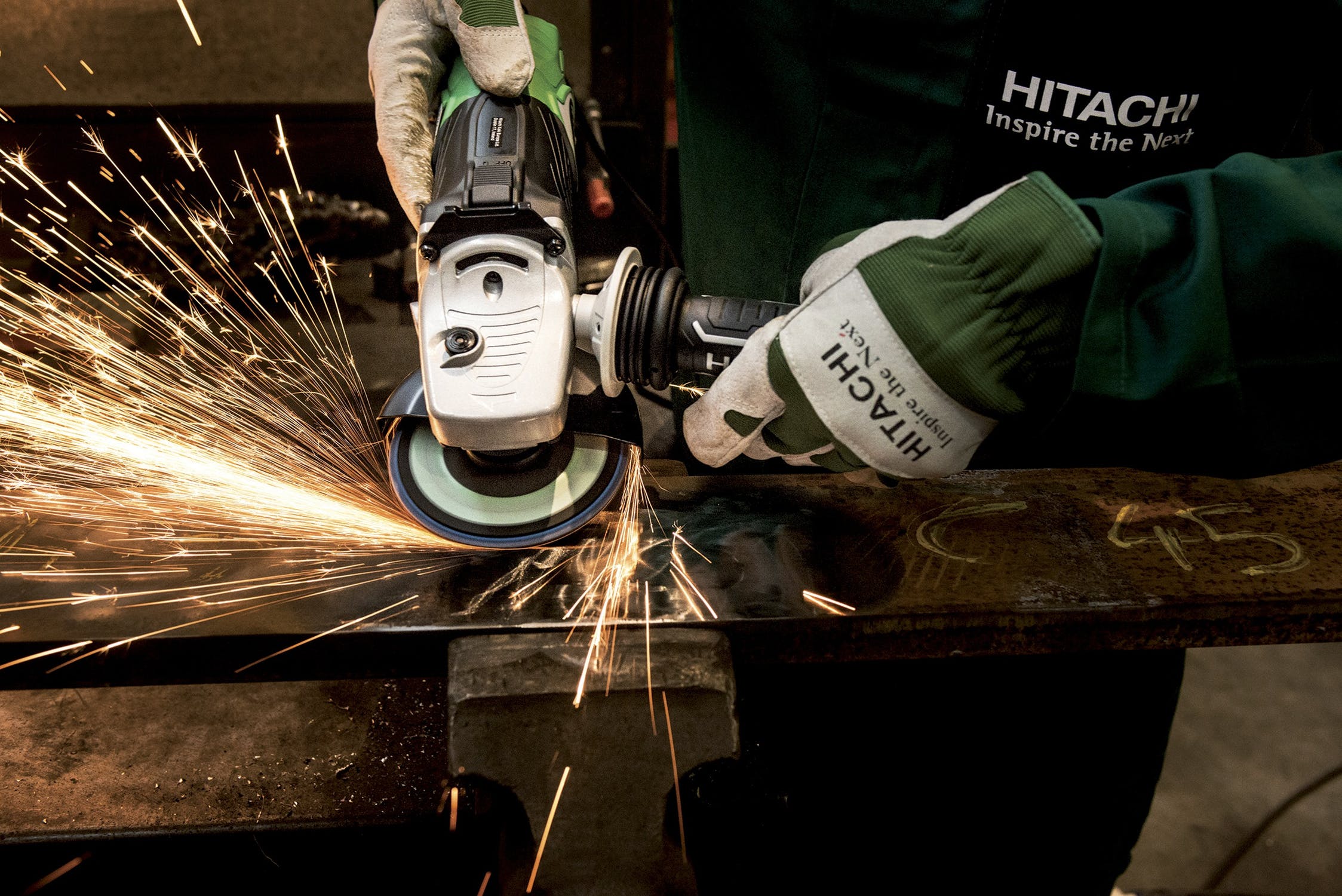
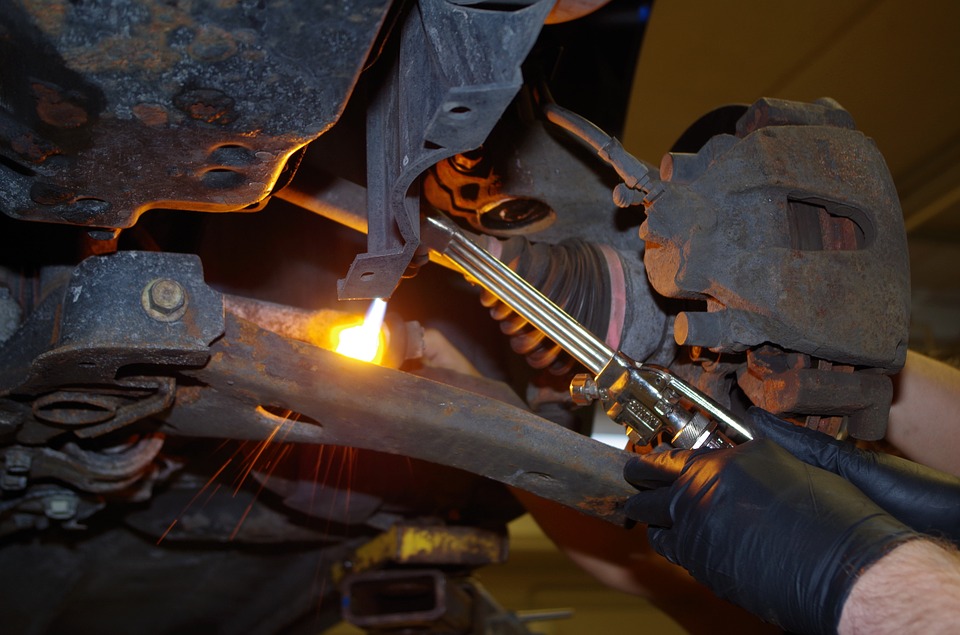
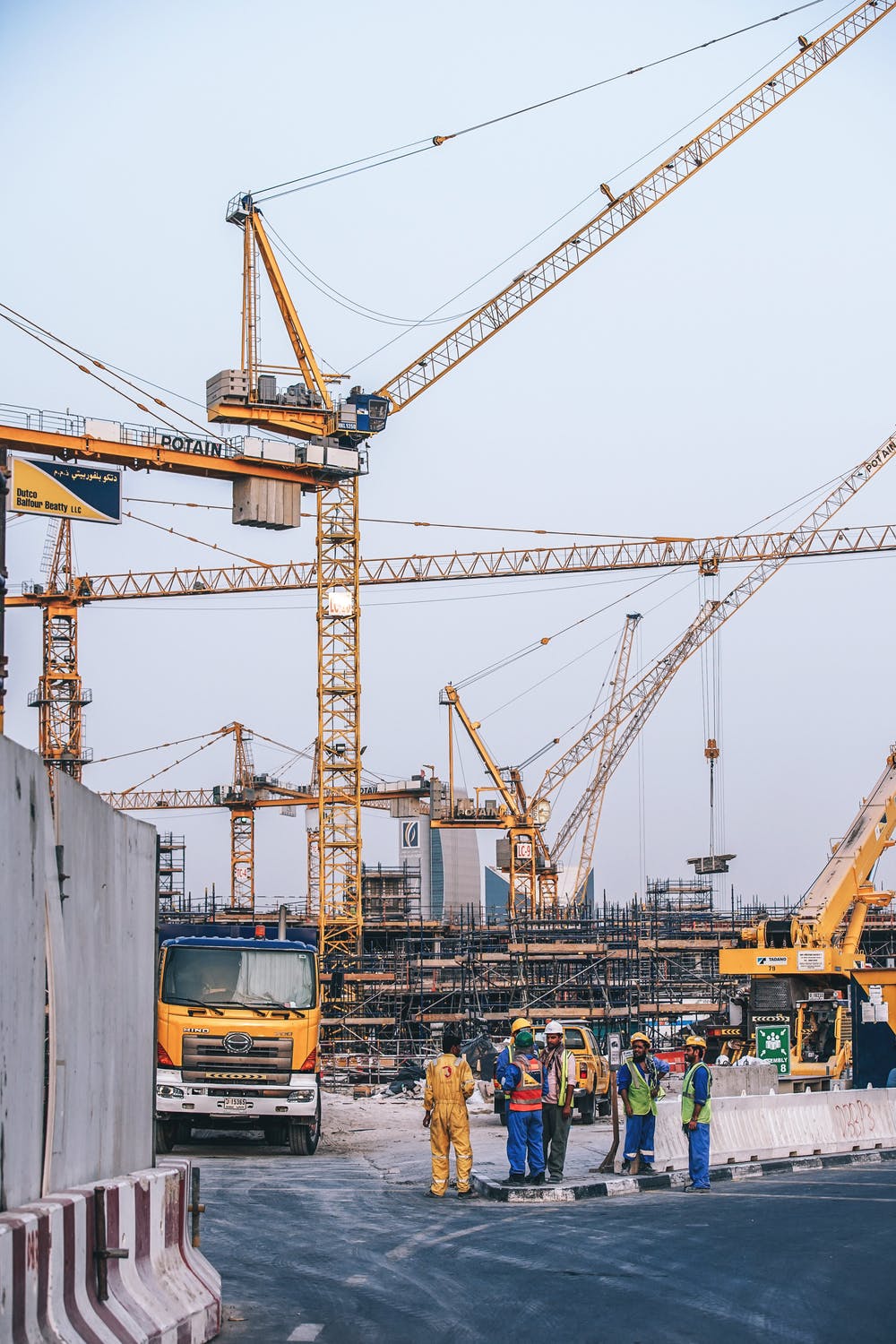 Alternatives to Hot Work
Alternatives to Hot Work 


